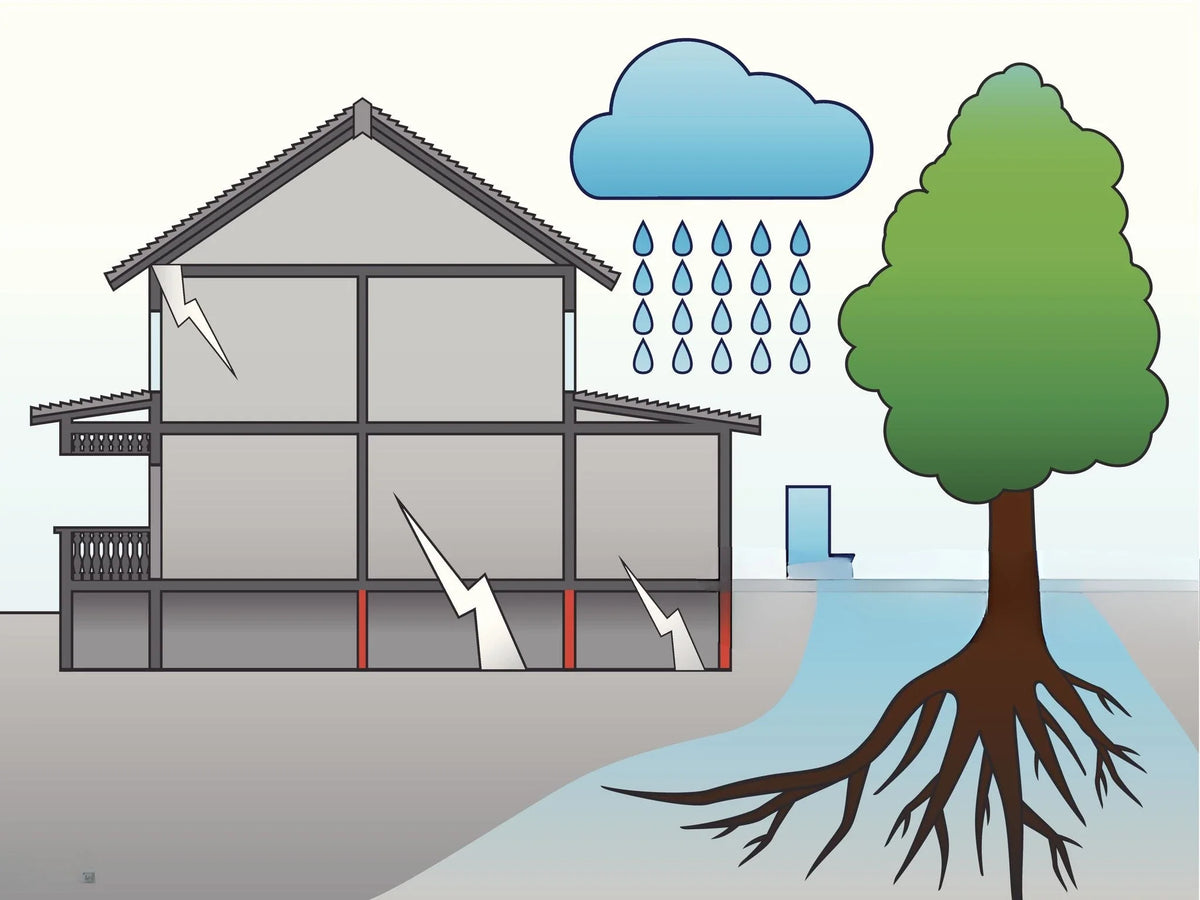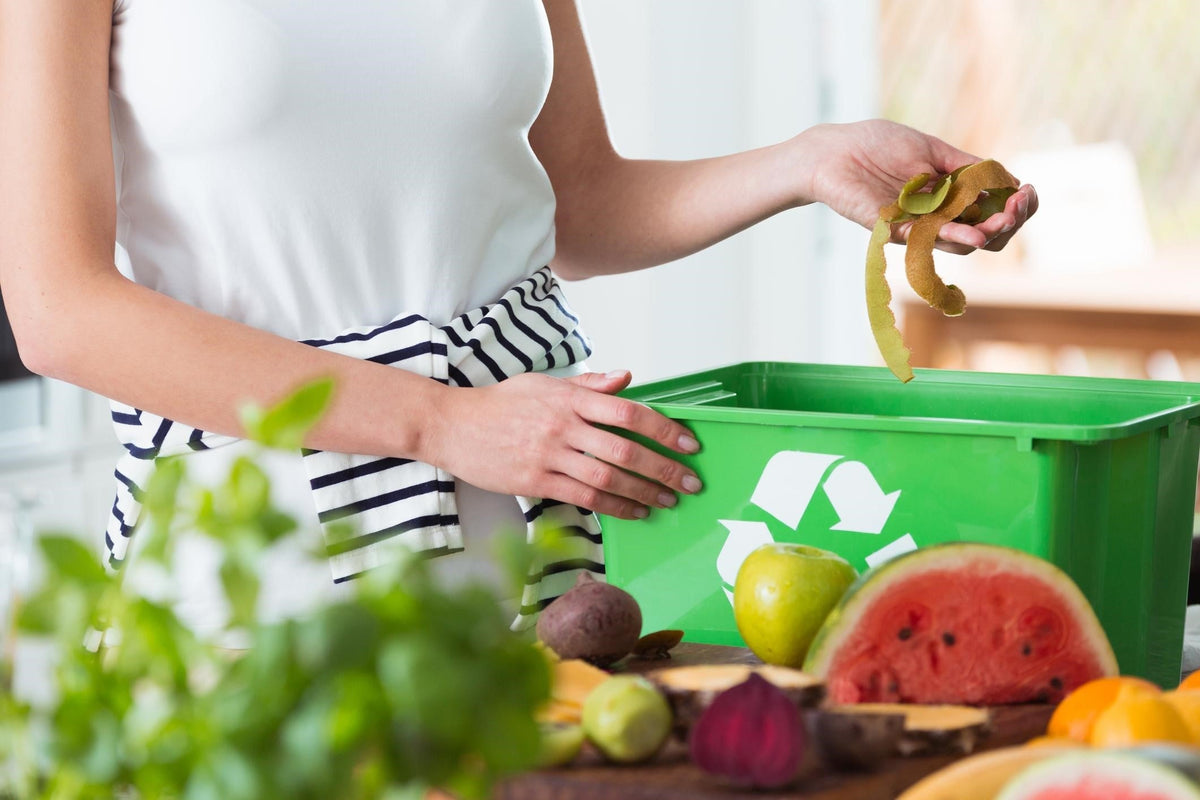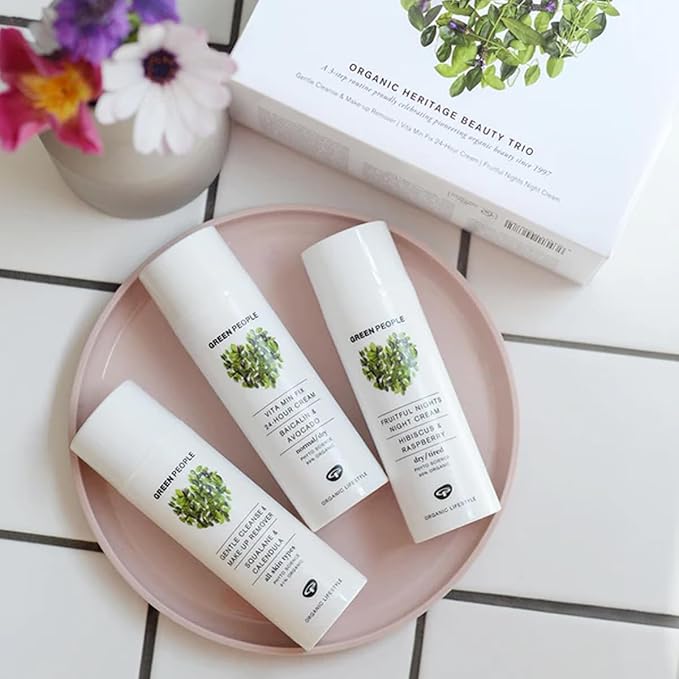At Friendly Turtle’s EcoBlog, we show you how to care for your sofa sustainably while supporting your eco-conscious values. From choosing durable, non-toxic, and ethically sourced materials to using natural cleaning solutions like vinegar, baking soda, and essential oils, small actions can make a big difference. Learn how to reduce waste, improve indoor air quality, and extend your furniture’s lifespan through mindful maintenance and protective habits. By investing in quality craftsmanship and sustainable design, you’ll save money, avoid harmful chemicals, and contribute to a healthier planet one sofa at a time.
Share your articles with us and get published! Reach out at hello@friendlyturtle.com.
Sustainable Foundation Solutions: Building a Greener, Safer Future

You recognize that stable foundations are the key to enduring structural security. You require precise engineering and reliable construction techniques that prevent costly future repairs. They safeguard your investment and ensure a safe, lasting living environment.
Facing shifting soils or water intrusion, you may observe your structure weakening gradually. They result in damage if ignored, so you must act now to secure stability and protect your valuable property effectively.
Ensure your foundation remains steadfast for decades by utilizing expert services. For reliable support, consider our underpinning and restumping services that reinforce stability and extend the life of your structural investments.
Structural Foundation Repair
Proper foundation repair plays a critical role in ensuring long-lasting structural security while protecting your home against environmental challenges and age-related deterioration.
This section outlines key aspects of foundation repair. Explore the roles, techniques, and maintenance tips that ensure lasting support for your structure.
- Structural Engineers: They conduct thorough inspections and design lasting solutions that comply with safety codes.
- Foundation Repair Companies: They provide practical fixes to address immediate issues and restore stability.
- Foundation Types: Pier and beam or block and base foundations each require different repair methods.
- Common Causes: Soil instability, water damage, and aging materials often trigger foundational problems.
- Assessing Damages: DIY checks and professional evaluations reveal subtle cracks and misalignments.
- Repair Techniques: Underpinning, mudjacking, and waterproofing methods restore your structure safely.
- Preventive Maintenance: Proper drainage, moisture control, and regular inspections avert future issues.
- Immediate Action: Early intervention and expert consultation reduce long-term repair costs.
Keeping your foundation secure requires attention to detail and prompt actions.
Detecting Damage Indicators
Detecting damage indicators early empowers you to take timely action and secure your home's foundation. Learn to recognize cracks, gaps, uneven surfaces, and other warning signs.
Visible Cracks and Gaps
Notice any visible cracks in walls, floors, or windows. These cracks often hint at foundation settlement that requires a thorough inspection for lasting safety.
Sticking Doors and Uneven Floors
Sticking doors and uneven floors are clear indicators your structure is under stress. It is time to seek a professional evaluation rather than delaying repairs.
Water Damage and Mold Growth
Water damage, accompanied by musty odors and mold growth, often points to hidden foundation issues. Quick intervention can stop further deterioration and repair costs.

Causes of Foundation Failure
Foundation failures often arise from multiple causes. Recognizing these issues early helps you to implement preventive measures and avoid serious structural damage.
Consider the following common causes that challenge the stability of your foundation; understanding these helps you avoid future structural concerns.
- Poor Soil Conditions: Unstable soil, especially clay, expands and contracts, leading to settlement and cracking issues.
- Water Damage: Improper drainage and leaks create moisture buildup that gradually erodes soil support.
- Poor Construction: Inadequate design and substandard materials can result in long-term foundation weakness.
- Natural Settlement: Gradual soil compaction over time may unevenly affect your foundation's alignment.
- Additional Stressors: Tree roots and severe weather events impose extra pressure that compounds stability issues.
Accurate identification of these causes empowers you to arrange timely professional evaluations and implement robust repair strategies ensuring your home stays safe.
Repair Techniques Overview
Understanding foundation repair techniques changes your approach to structural issues. Choosing the best method depends on your damage level, foundation type, and long-term security goals.
Slab Jacking Method
Slab jacking lifts sunken concrete slabs by injecting stabilization material underneath, restoring levels and offering a minimally invasive solution to foundation settling.
Piering and Underpinning
Piering installs steel posts deep into the soil, providing strong support. Underpinning reinforces the existing foundation to resist further movement effectively for lasting durability.
Crawl Space Repair
Encapsulating crawl spaces protects your foundation from moisture and offers an effective solution against structural issues resulting from damp conditions for continuous long-term safety.
Securing Long-Term Stability
Securing long-term stability requires strategic planning and robust security measures. Your foundation's resilience depends on proper planning, cybersecurity investments, and financial management for lasting peace.
Robust Information Security
Investing in cybersecurity protects your critical data and supports smooth operations. Secure measures establish a stable environment and safeguard your digital assets for lasting protection.
Strategic Planning and Investments
Strategic planning enhances operational efficiency while diversifying revenue sources. Ongoing investments in human resources and technology contribute to foundation and business longevity for continued success.
Soil and Drainage Challenges
Soil instability and poor drainage create serious challenges for your foundation's security. Understanding how water management prevents damage is essential for protecting your home today.
Understanding Water Drainage
Efficient water drainage minimizes hydrostatic pressure and soil erosion. Ensure gutters and downspouts work properly, directing water away from the foundation, as detailed here.
Addressing Soil Instability
Tackle soil instability by maintaining balanced moisture levels and proper grading. Consistent care in these areas prevents foundation settlement and ensures structural integrity for safety.
Post Repair Inspections
Post repair inspections are crucial to verify that all structural corrections have been successful. Regular follow-ups help maintain the long-term safety of your foundation.
Before and after repairs, professional inspectors assess structural stability, detect recurring damage signs, and ensure optimal safety in every aspect of your foundation.
- Regular Evaluations: Inspectors check for bowing walls, cracks, and water damage to track foundation stability accurately.
- Cost-Efficient Planning: Timely inspections prevent expensive repairs by catching issues early and guiding proactive maintenance.
- Professional Expertise: Qualified inspectors with licenses ensure that repairs meet safety standards and building codes.
- Well-Detailed Reports: Comprehensive evaluations document repair progress and create a roadmap for future inspections.
Thorough post repair inspections are indispensable in preserving the longevity of your foundation and ensuring the overall safety of your property.
Reliable Structural Success
In your pursuit of lasting structural safety, you acknowledge every precaution matters. You ensure expert attention and thoughtful repairs using trusted methods. Secure your home and protect investment through proactive evaluation, maintenance, and dependable solutions that stand the test of time.
0 comments
Let customers speak for us
Blog posts
At Friendly Turtle’s EcoBlog, we explore how to create a zero-waste kitchen without feeling overwhelmed. Reducing food waste, embracing reusable alternatives, composting, and rethinking grocery shopping can all make a significant environmental impact. From swapping plastic wrap for beeswax wraps to cooking from scratch and organising your kitchen for success, even small changes add up over time. A zero-waste kitchen isn’t about perfection—it’s about mindful progress. Step by step, you’ll reduce waste, save money, and create a healthier, more sustainable home that reflects your values.
At Friendly Turtle’s EcoBlog, we explore how to choose anti-ageing skincare that’s both effective and sustainable. From plant-based hyaluronic acid and jojoba oil to packaging that’s recyclable or biodegradable, eco-friendly beauty is now easier than ever. Look for products with fair trade, ethically sourced ingredients and avoid harmful chemicals like parabens and sulfates. Plant-based antioxidants such as green tea and avocado oil can protect and nourish your skin naturally. By making mindful choices, you can support your skin’s health and the planet without compromising on results.



